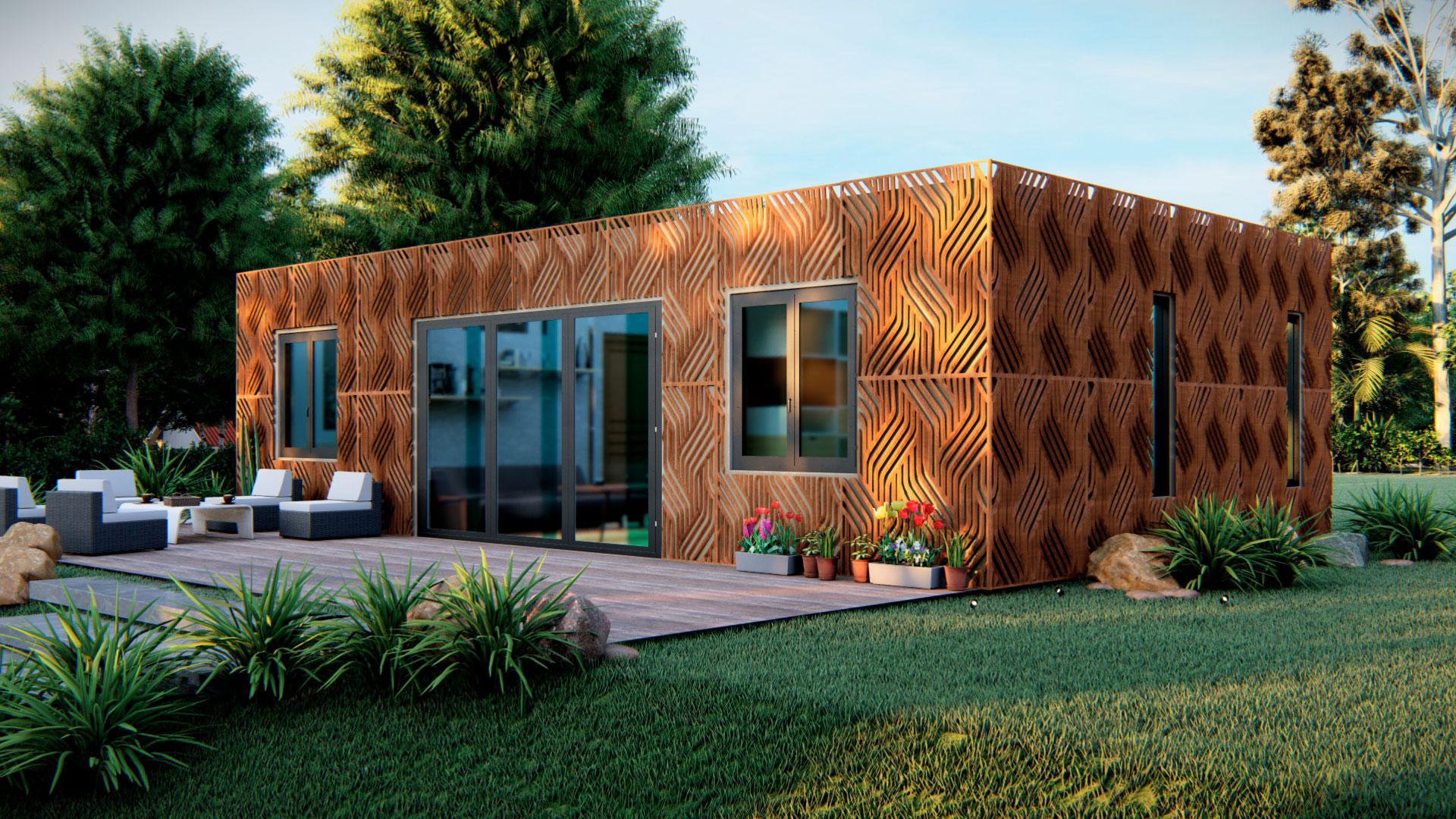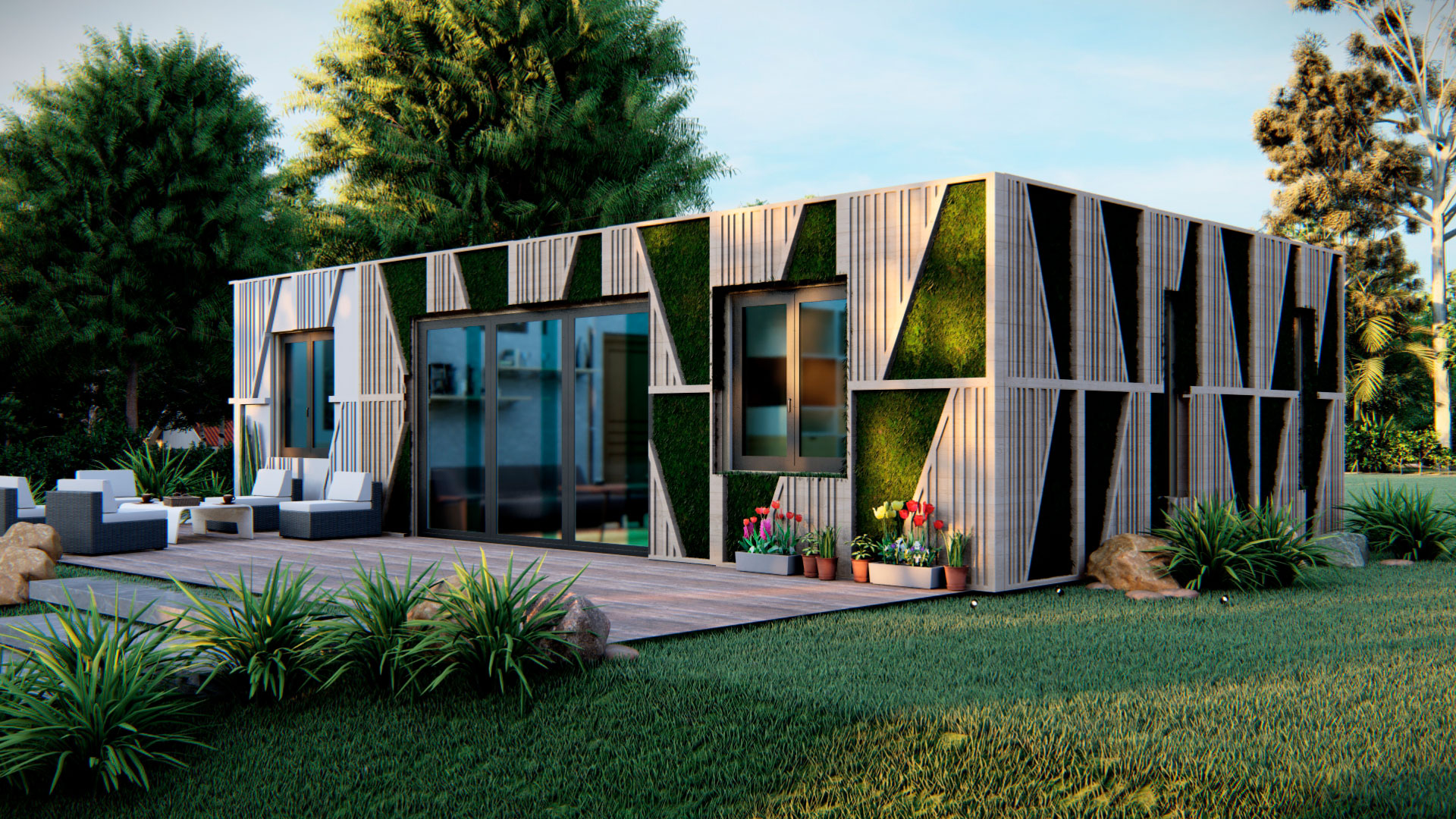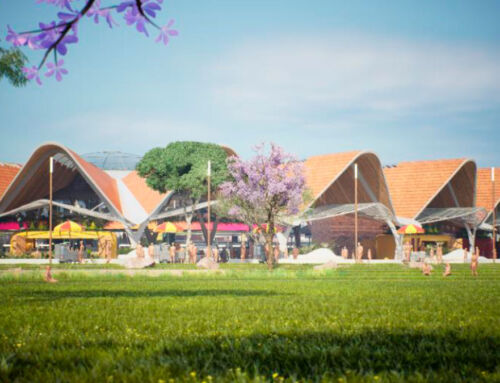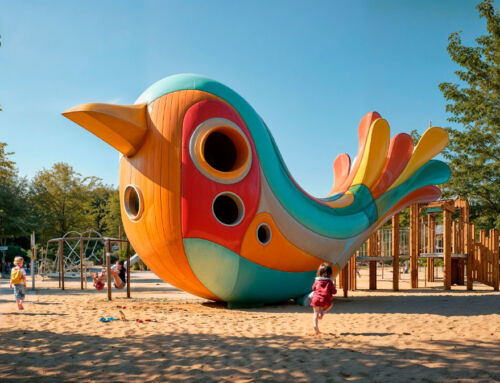Like many other disciplines that serve society, Architecture is constantly adapting to changes in it, both in terms of its needs and its demands. In this sense, there are three aspects in which these changes have taken place over the last few decades, and which will undoubtedly persist into the next: dizzying demographic growth, climate change produced directly as a result of its general activity, and an almost as rapid advance in the technologies available to it. The trends in architecture for the decade that has just begun, and probably for following ones, are closely related to these transformations.
With the world’s population in constant growth, currently standing at around 7.7 billion people, the construction and architecture sector is under pressure to provide infrastructure solutions for both housing and services. The fact that this population increase is occurring to a greater extent amongst the middle and lower classes means that this pressure has an impact on both the number of buildings and their affordability.
In this sense, architectural initiatives aimed at reducing construction costs will multiply in the future. One of the manifestations of this is the introduction of modularity in buildings and the reduction of their scale. In this respect, flexible designs that can accommodate a wide variety of scenarios and activities are becoming important. Examples of their effect are the emergence of “mini houses” or “micro flats”. But also the construction of mixed-use developments, which create autonomous sectors within the urban fabric. Therefore, adaptability and flexibility will be key principles in architecture and construction for the next decade.
Concerns about global warming are putting equal pressure on construction and architecture. In recent years we have seen, for example, the incorporation of gardens and vegetation into buildings, an idea that will be strengthened in the future. In addition, new, more environmentally friendly materials, such as wood, are being incorporated into construction, and research is being carried out into the production of different types of cement, so that its production and use will considerably reduce the emission of greenhouse gases. Examples of the latter are CO2Concrete, recently developed by UCLA (University of California, Los Angeles), or synthetic geopolymers based on aluminosilicates, which require a lower temperature for their production than conventional cement. On the other hand, the use of recycled materials is becoming more widespread, such as the use of containers, as we have seen in a multitude of initiatives for the construction of houses, hotels or bungalows on campsites. Another general principle that will guide architecture over the next decade will be that of the circular economy.
In terms of emerging technologies, 3D modelling and augmented reality are being consolidated for the realistic visualisation of architectural projects. In this sense, the BIM7D system is incorporated for their integral management, from the initial design and conception phase to the end of their useful life, with the incorporation of new perspectives prior to the laying of the first brick in buildings and developments, including economic and environmental ones. Building-automation initiatives are multiplying now and will continue to do so for the foreseeable future. Building 3D-printing systems or brick-making machines, amongst other technologies, will improve in efficiency and versatility.
These are all trends that will develop and expand over the next decade, even if the construction and architecture sector still has some surprises in store.
Sources: ArchDaily 1, ArchDaily 2, Innovation Hub Acciona, Homexyou.









